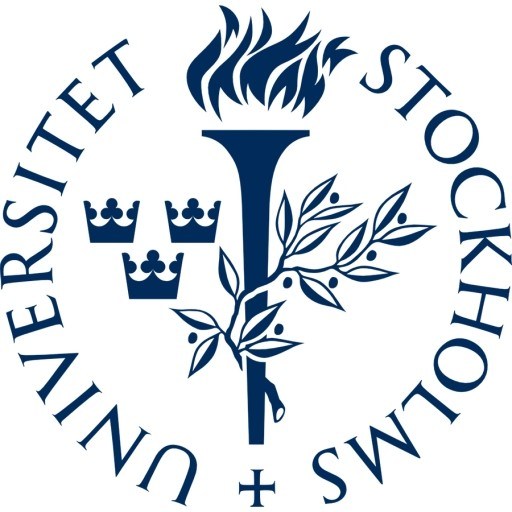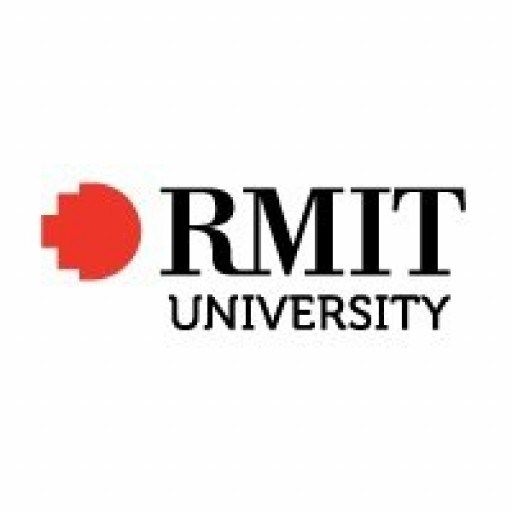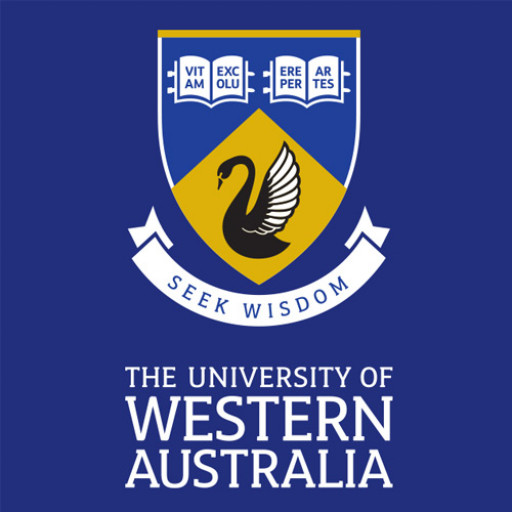Photos of university / #stockholmuniversity
Master’s Programme in Landscape Analysis with Remote Sensing, GIS and Cartography at Stockholm University offers students a comprehensive education in the modern methods and tools used for analyzing and managing landscapes. This interdisciplinary program combines theoretical knowledge with practical skills in remote sensing, geographic information systems (GIS), and cartography, preparing graduates for a wide range of careers in environmental management, urban planning, natural resource management, and research. The curriculum includes courses on digital image processing, spatial data analysis, spatial modelling, GIS applications, and map design, alongside studies of landscape ecology, land use change, and environmental monitoring. Students will gain hands-on experience using state-of-the-art software and data sources, working with satellite images, aerial photographs, and geospatial databases to solve real-world problems. Through lectures, practical exercises, and project work, students develop critical thinking and problem-solving abilities essential for analyzing complex landscape systems. The program also emphasizes sustainable development, climate change, and environmental policy, equipping students with the tools necessary to contribute to sustainable landscape management and decision-making processes. Collaboration with industry partners and participation in fieldwork and research projects enhance the practical relevance of the program. Graduates will be well-prepared for careers in governmental agencies, environmental consulting firms, research institutions, and international organizations, or for further academic studies. The program is conducted in English and attracts students from diverse backgrounds, fostering an international academic environment. Upon completion, students will receive a Master’s degree in Geography with specialization in Landscape Analysis with Remote Sensing, GIS and Cartography from Stockholm University, opening doors to a wide array of professional opportunities and further research initiatives.
The Master's Programme in Landscape Analysis with Remote Sensing, GIS, and Cartography at Stockholm University offers an in-depth education in understanding and analyzing the physical and cultural landscape through advanced geospatial technologies. This interdisciplinary program combines theoretical knowledge with practical skills, preparing students to address complex issues related to land use, environmental management, urban planning, and sustainable development. Throughout the program, students will explore the principles of remote sensing, learning how to acquire and interpret satellite and aerial imagery to identify land cover and land use changes over time. They will also gain comprehensive training in Geographic Information Systems (GIS), enabling them to analyze spatial data, create detailed maps, and develop spatial models for decision-making processes. The program emphasizes the importance of cartography as a tool for effective communication of geographical information, teaching students how to design clear, accurate, and informative maps for various purposes. Students will engage in hands-on projects, utilizing modern software and data sources, which will enhance their ability to conduct spatial analyses and develop innovative solutions to real-world problems. The curriculum also covers environmental and landscape ecology, landscape planning, and design, providing a solid foundation to understand the relationships between natural and built environments. With a strong focus on sustainability and environmental concerns, students are encouraged to approach landscape analysis with ethical considerations and sustainable practices. Throughout the programme, students will participate in seminars, workshops, and field trips that foster collaborative learning and practical experience. The program prepares graduates for careers in consulting, environmental agencies, urban development, and research institutions, equipping them with the analytical and technical skills necessary in the evolving field of geospatial analysis and landscape management. With its blend of theory, practical application, and a focus on sustainability, the program aims to develop experts capable of making informed decisions that promote the sustainable development of landscapes worldwide.
Admission requirements for the Master's programme in Landscape Analysis with Remote Sensing, GIS and Cartography at Stockholm University typically include a completed Bachelor's degree in a related field such as geography, environmental science, or urban planning. Applicants are expected to demonstrate proficiency in English, confirmed by standardized tests like IELTS or TOEFL, unless they have a degree from a Swedish or another English-taught programme. Prior experience or coursework in GIS, remote sensing, or cartography is highly advantageous. The application process generally requires submission of academic transcripts, CV, motivation letter, and references. The programme prefers candidates with skills in spatial analysis, data management, and visualization techniques. Knowledge of GIS software such as ArcGIS or QGIS, as well as remote sensing methodologies, is beneficial. The selection process evaluates academic performance, relevant experience, motivation, and potential to benefit from the programme. As the programme is research-oriented, candidates with a strong interest in applying geospatial technologies to landscape analysis and spatial planning are preferred. Additional requirements may include a personal interview or a portfolio demonstrating related skills. The programme aims to select applicants who are committed to advancing their knowledge and skills in geospatial data analysis, landscape assessment, and cartographic communication to address environmental and societal challenges effectively.
The Master’s Programme in Landscape Analysis with Remote Sensing, GIS and Cartography at Stockholm University offers various financing options for prospective students. International students are encouraged to seek scholarships and funding opportunities provided by Stockholm University, including the Swedish Institute Scholarships for Global Professionals, which are aimed at highly qualified students from developing countries. These scholarships typically cover tuition fees and sometimes include living expenses, depending on the specific award. Additionally, the Swedish Institute offers the SI Scholarship for Global Professionals, which supports students pursuing master's studies at Swedish universities, including Stockholm University, with funding that often includes both tuition fee waivers and living stipends.
European Union/EEA students may benefit from the EU Blue Card scheme or similar programs that facilitate employment and financial support during their studies. Moreover, students from within Sweden and the EU/EEA area may have access to government student loans and grants through the Swedish Study Support system (CSN), which provides financial assistance to cover living costs and tuition fees. These loans are typically repaid after graduation, making studies more accessible for domestic and EU students.
Apart from scholarships and government aid, students can explore part-time employment opportunities in Stockholm, which is a major metropolitan city with numerous career and internship opportunities in the fields of environmental analysis, GIS, and remote sensing. The university also provides guidance and support in finding paid internships relevant to the degree, fostering financial independence for students during their studies.
Funding through external organizations, private foundations, or industry partnerships may also be available, especially for students engaged in projects relevant to remote sensing, cartography, or GIS. Applicants are recommended to check the specific eligibility criteria and application procedures for each funding option well in advance to secure financial support for their studies. Overall, while the program offers several avenues for financial assistance, prospective students are advised to plan ahead and review all available options to ensure comprehensive funding coverage throughout their academic journey.
The Master's program in Landscape Analysis with Remote Sensing, GIS, and Cartography at Stockholm University offers a comprehensive education in the fields of geographic information science, spatial analysis, and mapping technologies. This program is designed to equip students with the knowledge and skills necessary to analyze and interpret complex spatial data, which is crucial for urban planning, environmental management, and sustainable development. Students will learn advanced techniques in remote sensing, including satellite and aerial imagery analysis, as well as GIS (Geographic Information Systems) to manage and analyze spatial data effectively. The curriculum emphasizes the integration of cartographic principles to produce clear and informative maps for decision-making and communication purposes. Throughout the program, students will engage in practical projects, often collaborating with public agencies and private organizations, providing real-world experience and networking opportunities. The program also focuses on current challenges such as climate change, land use change, and biodiversity conservation, preparing graduates to address pressing environmental issues through innovative spatial solutions. Graduates will be well-positioned for careers in spatial data analysis, environmental consultancy, urban planning, and research within governmental, non-governmental, and private sectors. The program is taught in English and combines theoretical knowledge with practical application, utilizing Stockholm University's extensive resources and research centers specializing in environmental and spatial analysis. The interdisciplinary approach ensures students gain a holistic understanding of landscape dynamics, supported by state-of-the-art tools and methodologies. By the end of the program, students will have developed a portfolio of projects demonstrating their ability to analyse landscape changes, perform remote sensing data interpretation, and produce impactful cartographic products. This program is ideal for individuals passionate about environmental issues, technological innovation, and spatial data analysis who seek to contribute to sustainable development initiatives across the globe.







